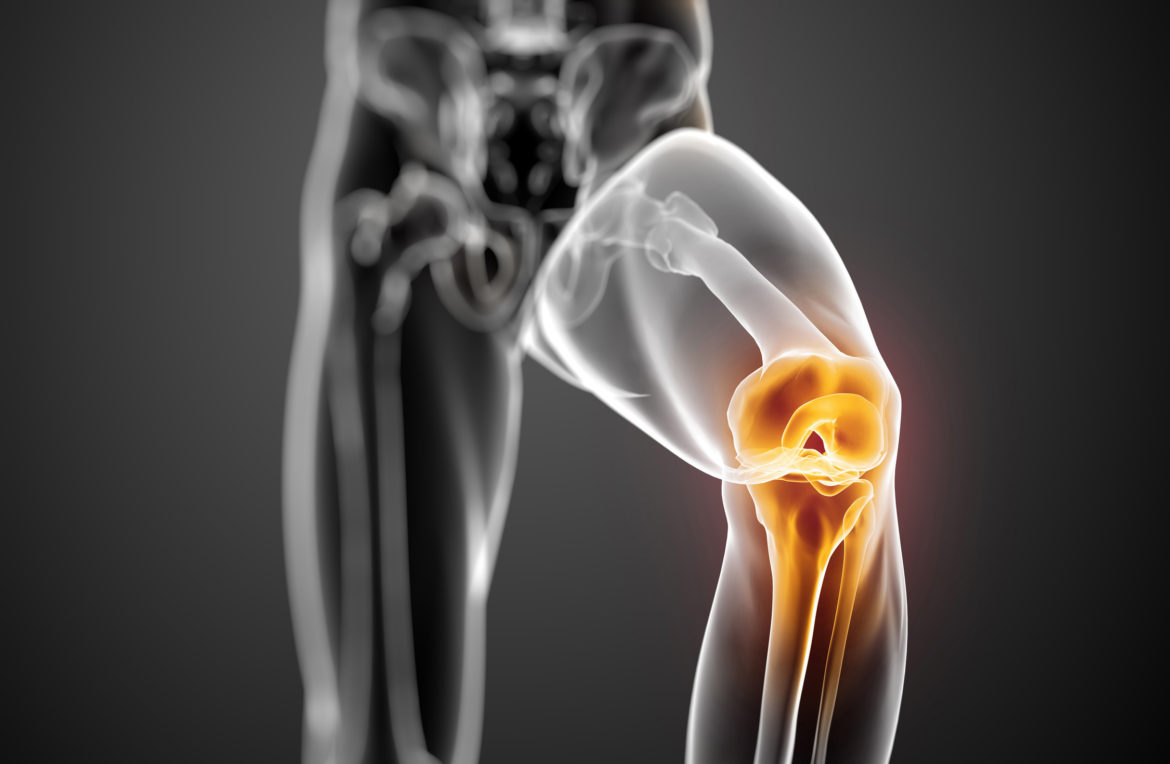Total joint arthroplasties are among some of the most commonly performed orthopaedic operations. Implant infection, however, is a serious complication resulting in significant morbidity and mortality. Over the past thirty years, there have been an increasing number of factors in the pathogenesis of implant-associated infections.
Although the exact causes are yet undiscovered, it has been repeatedly shown the presence of the implant itself compromises the host immune response, increasing the risk of infection. The most common pathogen is S. aureus, which adheres to the surface of implants, subsequently forming biofilms, responsible for the extreme difficulty in eradication and chronic nature of implant infections. Thus, extensive research has focused on the development of innately anti-infective materials capable of resisting bacterial adhesion and subsequent biofilm formation. Silver nanoparticles have been shown to possess excellent antimicrobial properties and have already been incorporated into many commercial, medical and household products. Exploiting these properties in designing novel infection resistant
coatings for orthopaedic implants represents a promising approach. However, due to concerns regarding toxicity their translation from laboratory to clinical practice, currently poses a major hurdle.
[pdfviewer width=”600px” height=”849px” beta=”true/false”]https://aseemmishra.co.uk/wp-content/uploads/2016/09/The-role-of-AgNP.pdf[/pdfviewer]
